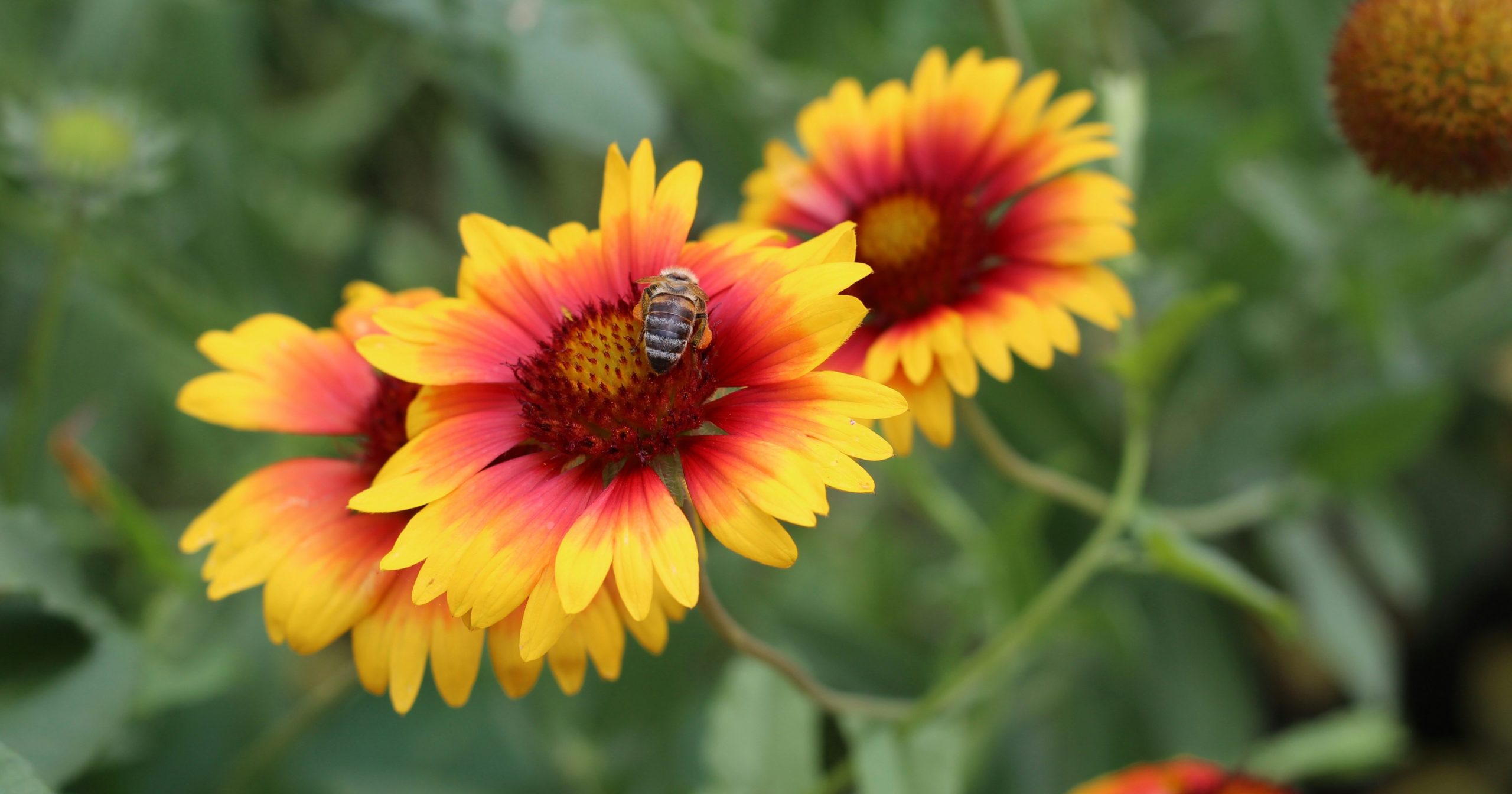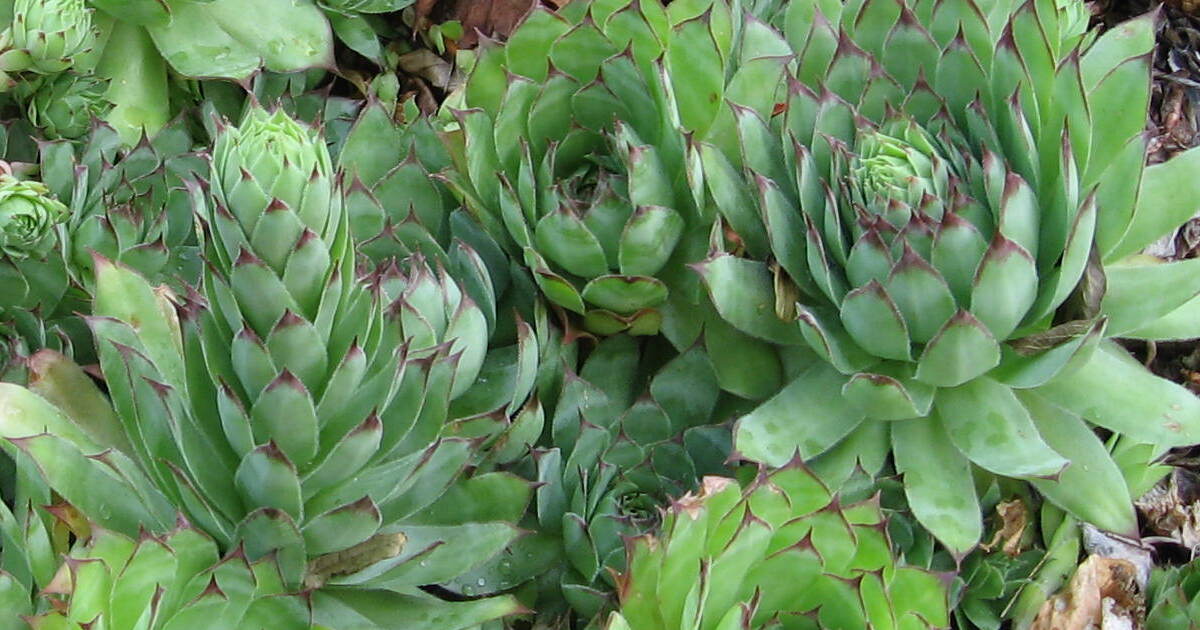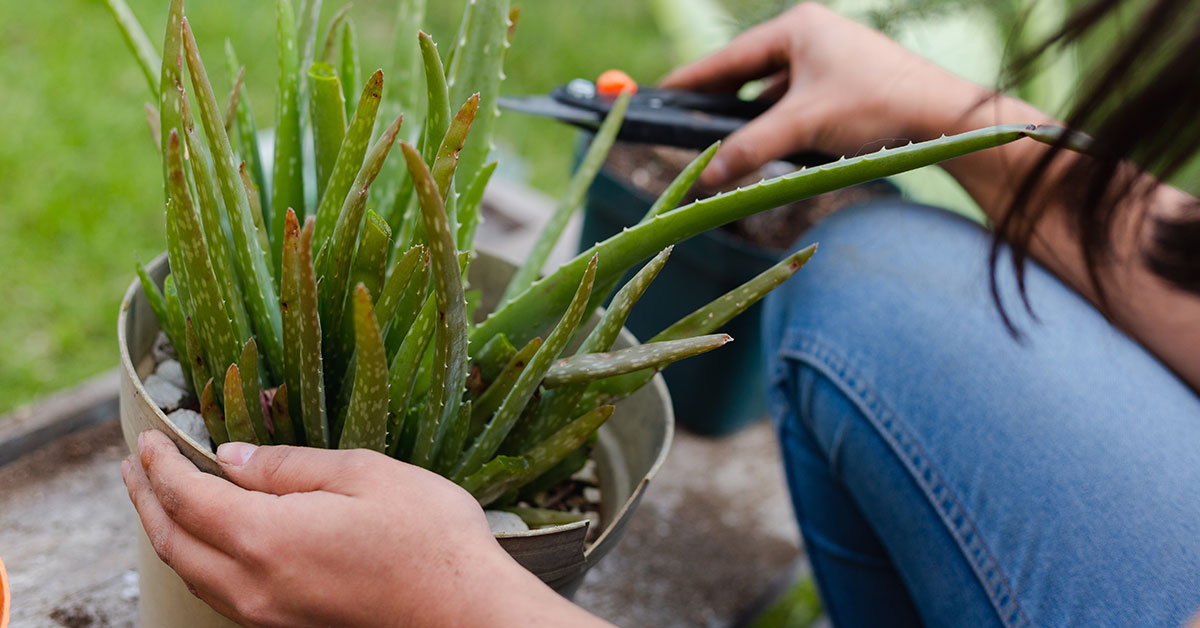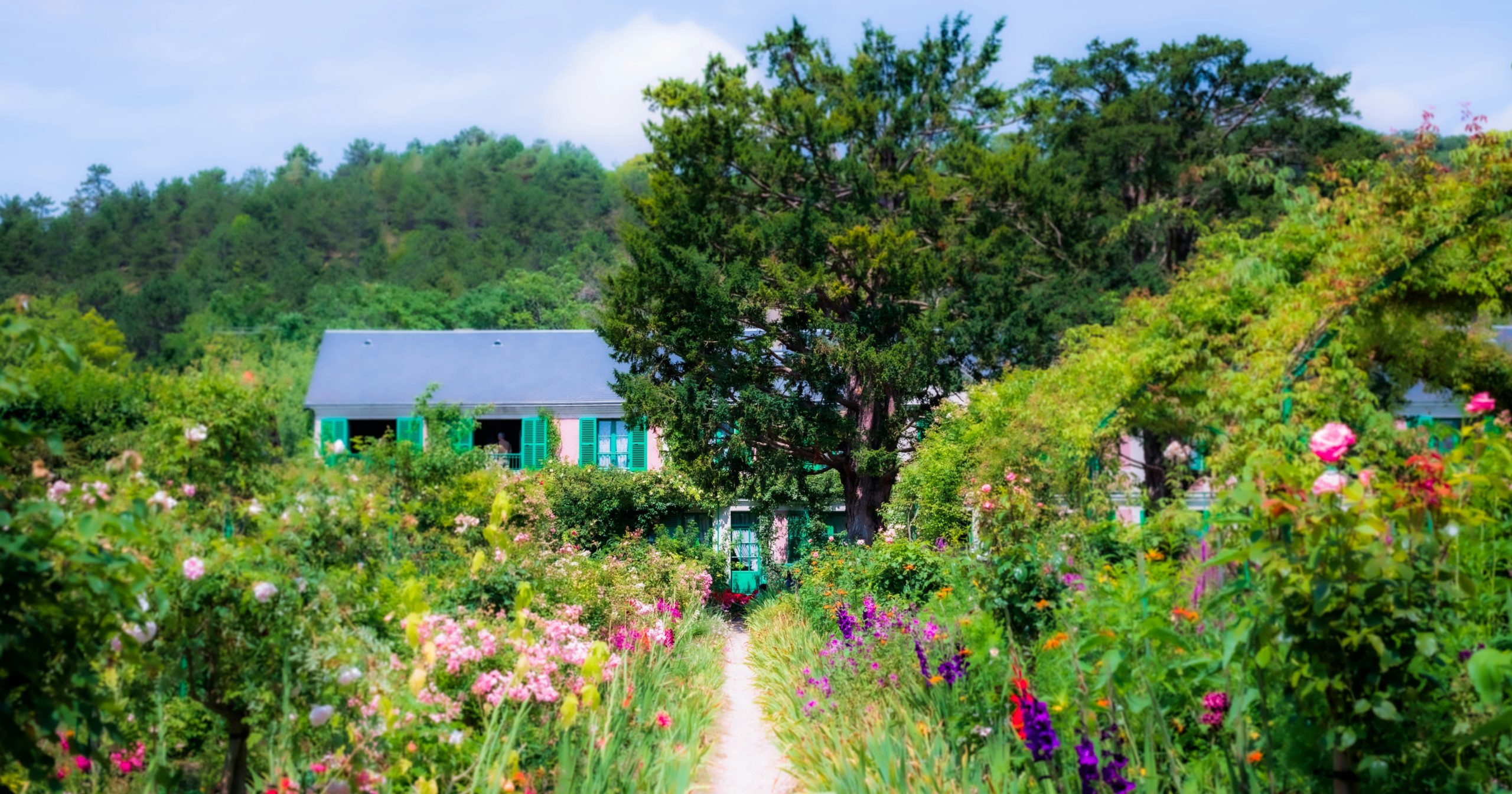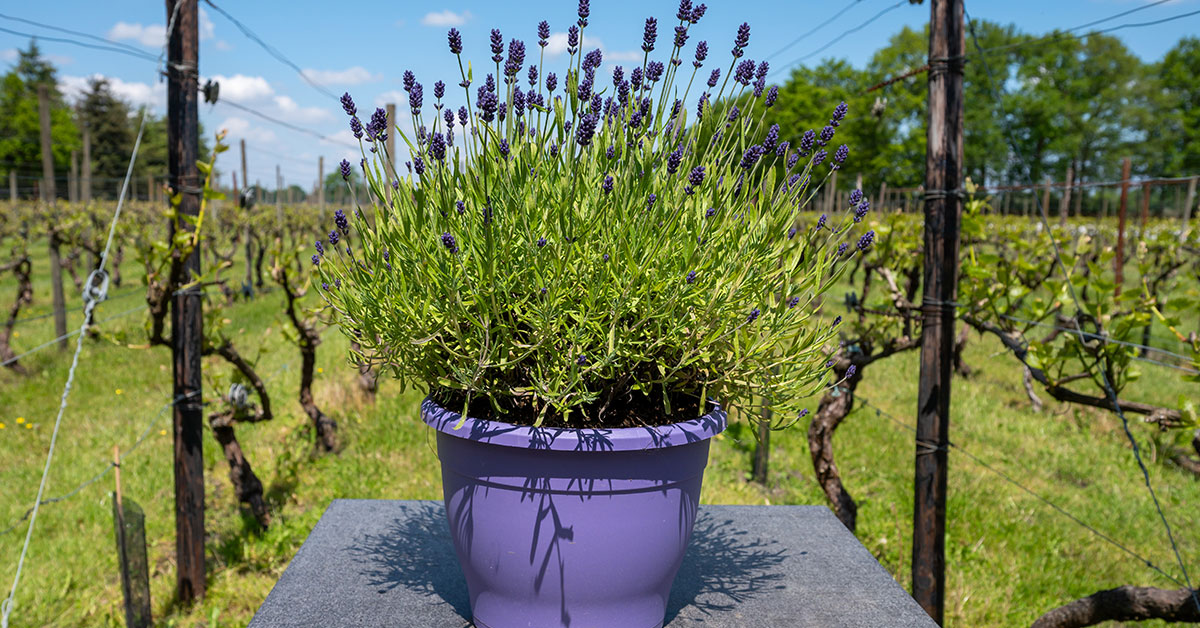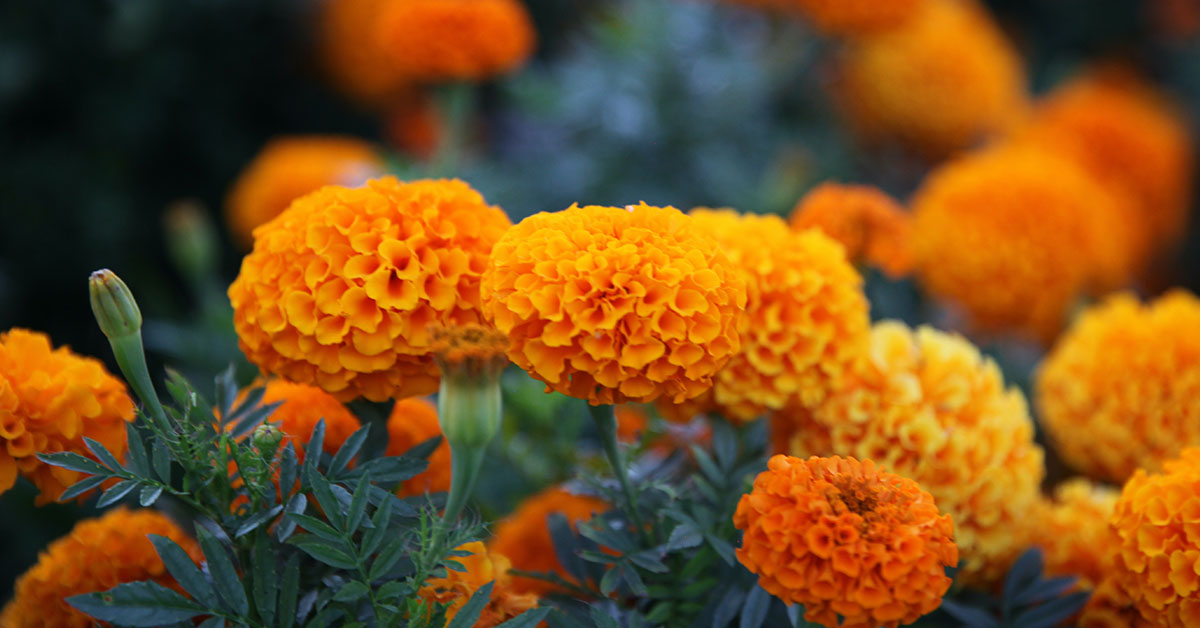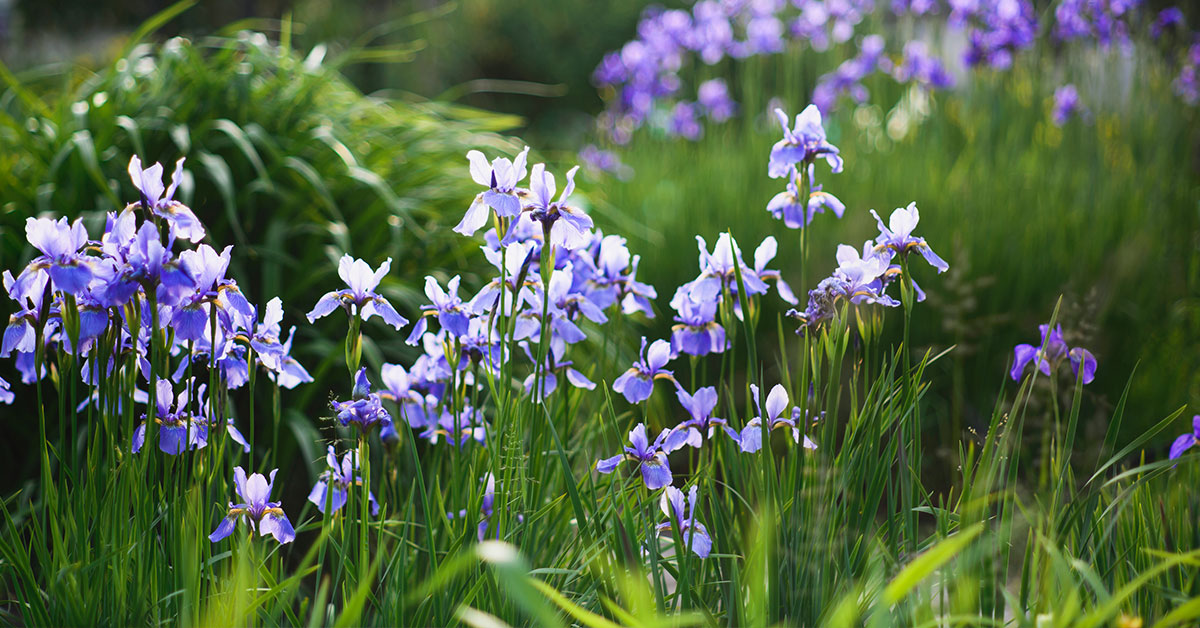If you’re looking to add some perennial beauty to your Colorado garden, native flowers are the way to go! These resilient plants are perfectly adapted to the local climate and soil conditions, making them easier to grow and maintain. Plus, they play a crucial role in supporting local wildlife, from pollinators to birds to larger animals. As a gardener in Colorado, you’ll love how these native perennials can thrive with minimal effort while providing stunning blooms year after year.
I can’t tell you how rewarding it is to see these native flowers flourish in my garden. They not only add vibrant colors and textures but also create a habitat for beneficial insects and animals. Let’s dive into the wonderful world of Colorado’s native perennials and discover how you can bring these incredible plants into your garden!
Rocky Mountain Penstemon (Penstemon strictus)
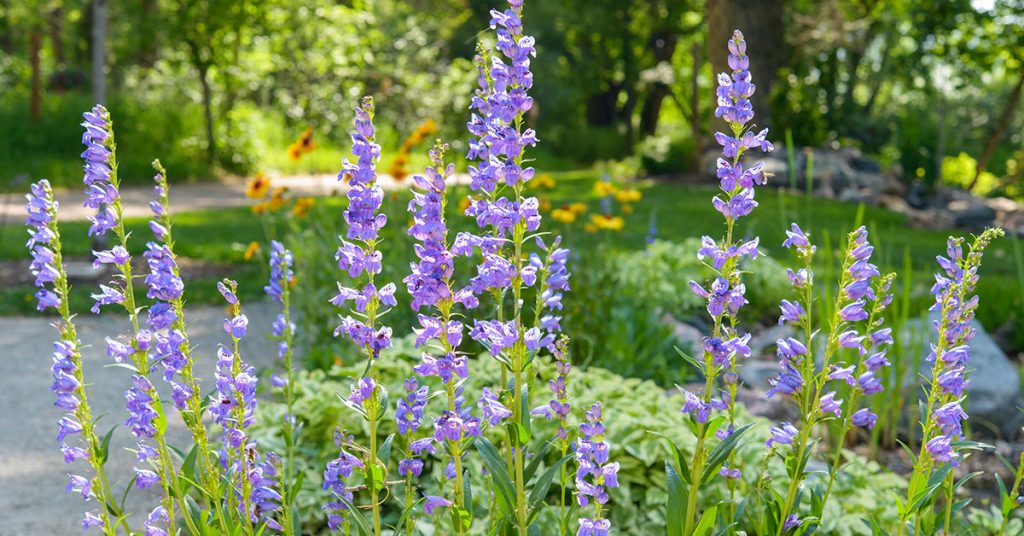
One of my favorite native perennials, Rocky Mountain Penstemon, brings a burst of vibrant blue to the garden. This hardy plant thrives in Colorado’s dry, rocky soils and blooms in late spring to early summer. Its tubular flowers attract bees and hummingbirds, adding a dynamic element to your garden.
Rocky Mountain Penstemon is drought-tolerant and requires minimal maintenance once established. Plant it in a sunny spot with well-drained soil, and it will reward you with stunning spikes of blue flowers. It’s a fantastic choice for gardeners looking to add a splash of color without a lot of fuss.
Blanket Flower (Gaillardia aristata)
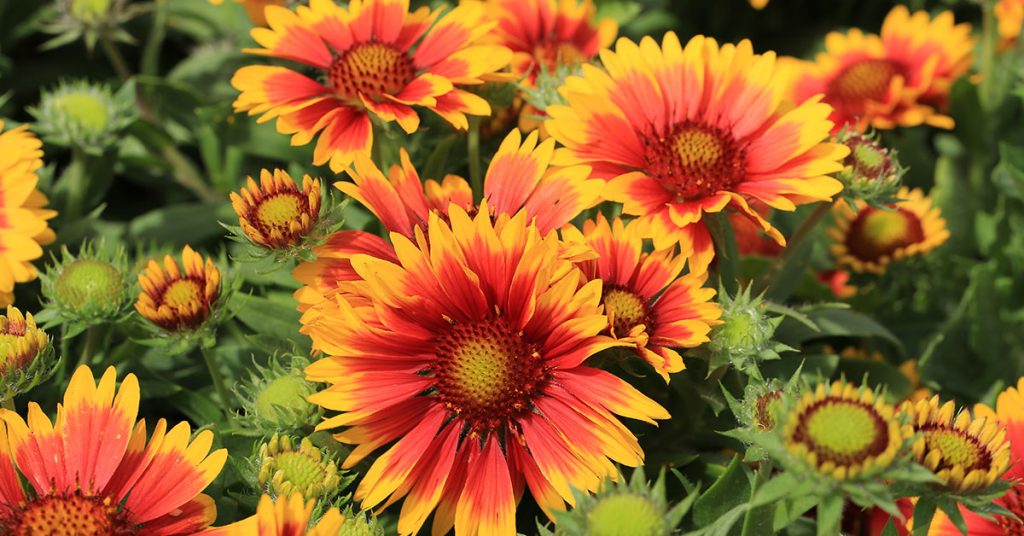
Blanket Flower is a cheerful addition to any Colorado garden with its bright, daisy-like blooms in shades of red, orange, and yellow. This perennial is incredibly hardy, thriving in hot, dry conditions and poor soil. It blooms from early summer through fall, providing a long-lasting display of color.
I love how Blanket Flower attracts butterflies and bees, making it a wonderful plant for supporting local pollinators. It’s also deer-resistant, which is a bonus if you live in an area with frequent wildlife visitors. Plant it in full sun, and enjoy its vibrant presence throughout the growing season.
Colorado Blue Columbine (Aquilegia caerulea)
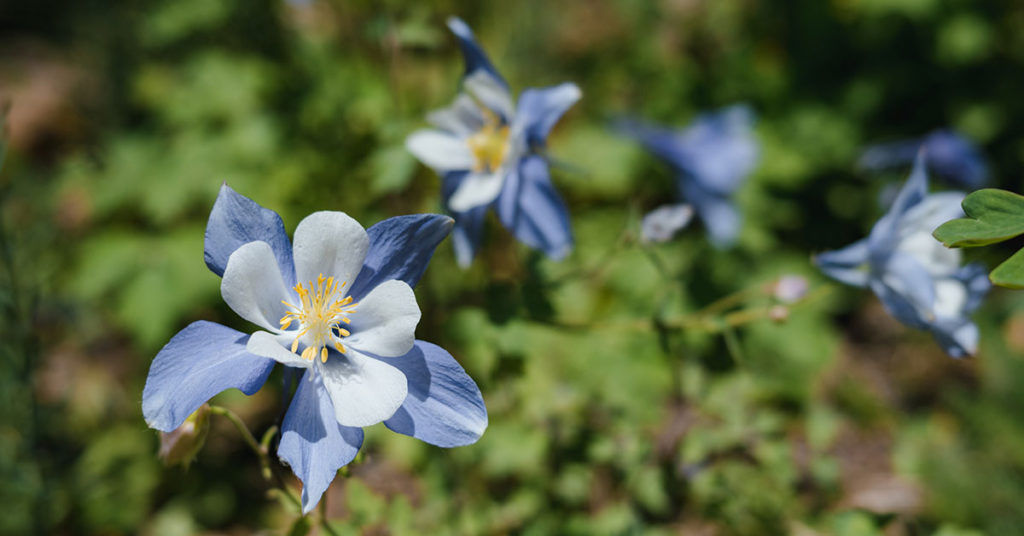
The Colorado Blue Columbine is not just a state symbol but also a gardener’s delight. Its unique, blue and white flowers are truly eye-catching, blooming in late spring to early summer. This perennial prefers partial shade and moist, well-drained soil, making it perfect for woodland gardens or shaded borders.
I adore the delicate, intricate blooms of the Colorado Blue Columbine. They attract hummingbirds and bees, adding life and movement to your garden. With its striking appearance and ecological benefits, this native flower is a must-have for any Colorado gardener.
Purple Coneflower (Echinacea purpurea)
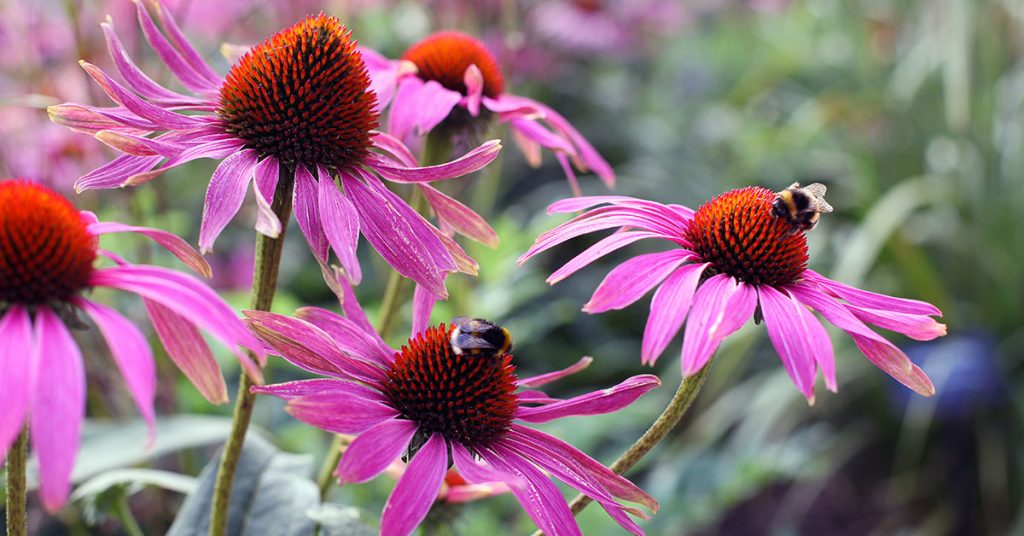
Purple Coneflower is a standout in any garden with its large, daisy-like flowers featuring vibrant purple petals and a distinctive orange center. This perennial is incredibly resilient, thriving in a variety of soil types and weather conditions. It blooms from mid-summer to fall, providing a long-lasting show of color.
One of the things I love most about Purple Coneflower is its ability to attract pollinators, including bees, butterflies, and even birds. It’s also known for its medicinal properties, often used to boost the immune system. Plant it in full sun to partial shade, and enjoy its beauty and benefits year after year.
Prairie Smoke (Geum triflorum)
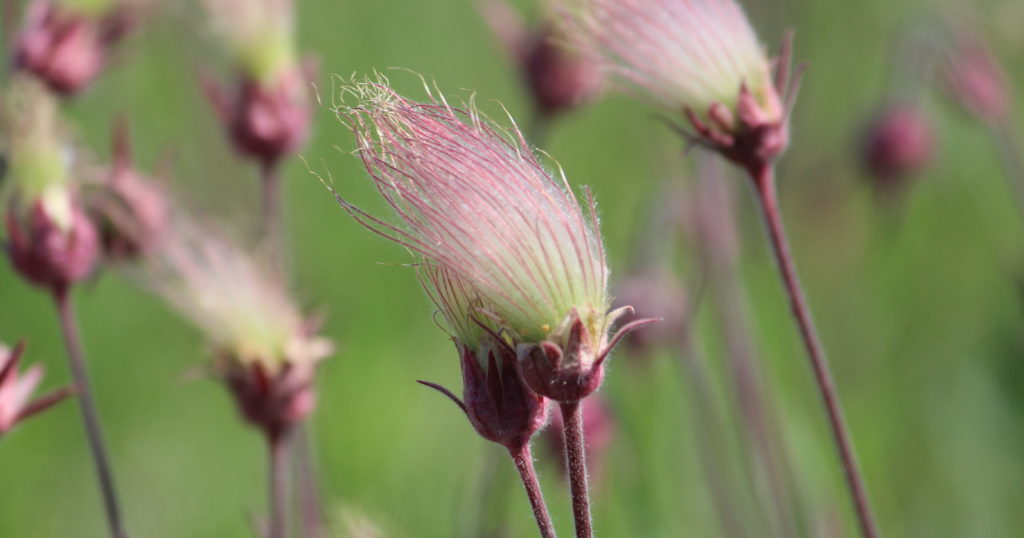
Prairie Smoke is a unique and charming native perennial that adds a whimsical touch to your garden. Its nodding pink flowers bloom in late spring, followed by feathery seed heads that look like wisps of smoke. This plant thrives in well-drained soil and full sun to partial shade.
I find Prairie Smoke’s transition from flowers to seed heads fascinating. It’s not only visually appealing but also attracts various pollinators. This hardy plant requires minimal care once established and is a great choice for rock gardens or naturalistic landscapes.
Blue Flax (Linum lewisii)
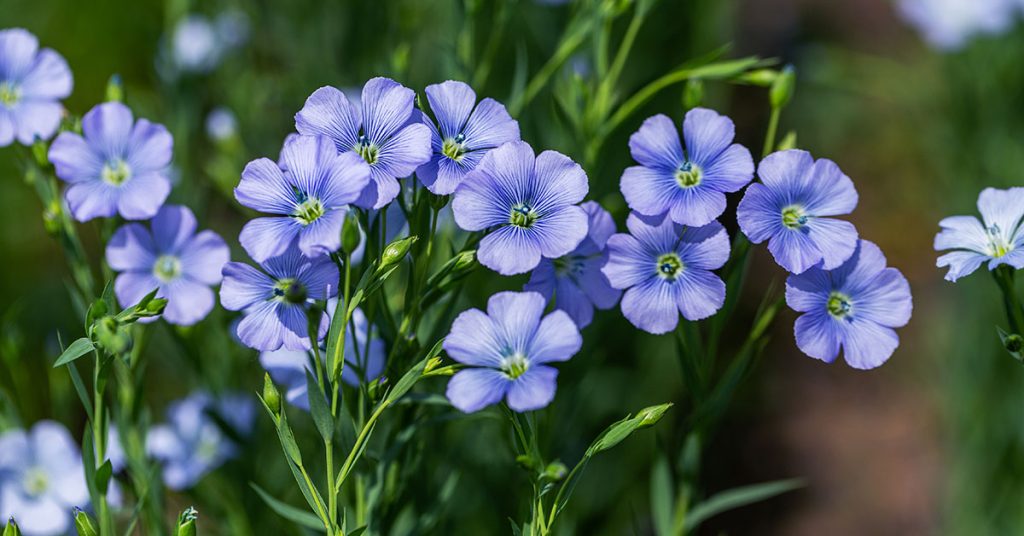
Blue Flax is a delicate yet hardy perennial that brings a soft touch to your garden with its sky-blue flowers. Blooming from late spring to early summer, this plant thrives in well-drained soil and full sun. It’s drought-tolerant, making it perfect for Colorado’s dry climate.
I love how Blue Flax sways gently in the breeze, adding movement and a sense of tranquility to the garden. It’s an excellent choice for wildflower meadows or border plantings, and it attracts bees and butterflies, supporting local pollinators. Plus, its low maintenance needs make it a gardener’s best friend.
Yellow Coneflower (Ratibida columnifera)
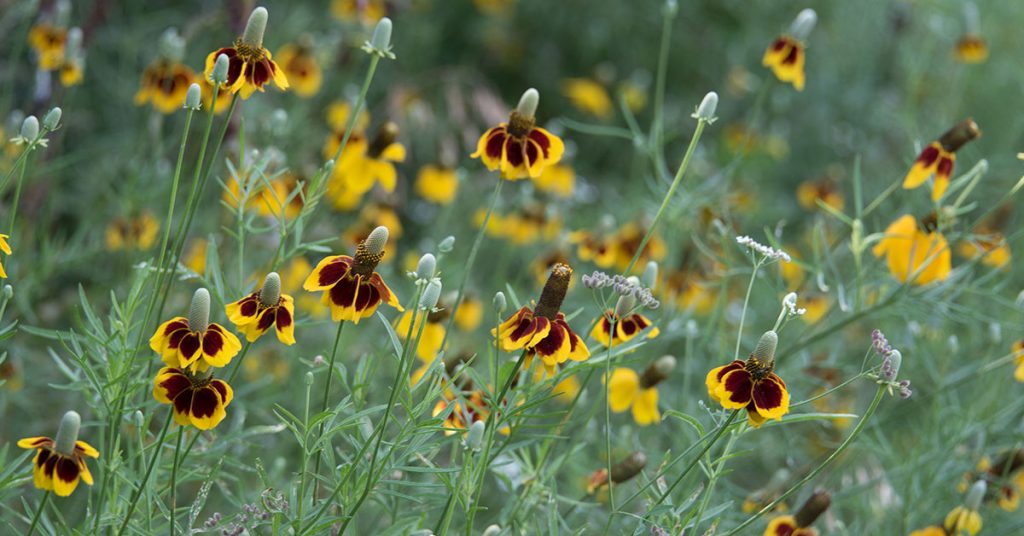
Yellow Coneflower, also known as Prairie Coneflower, is a striking native perennial with tall, slender stems and bright yellow petals surrounding a prominent central cone. Blooming from early summer to fall, this plant thrives in full sun and well-drained soil.
One of my favorite aspects of Yellow Coneflower is its resilience. It can withstand drought and poor soil conditions, making it an ideal choice for low-maintenance gardens. Its bright blooms attract a variety of pollinators, adding both beauty and ecological value to your garden.
Fireweed (Chamaenerion angustifolium)
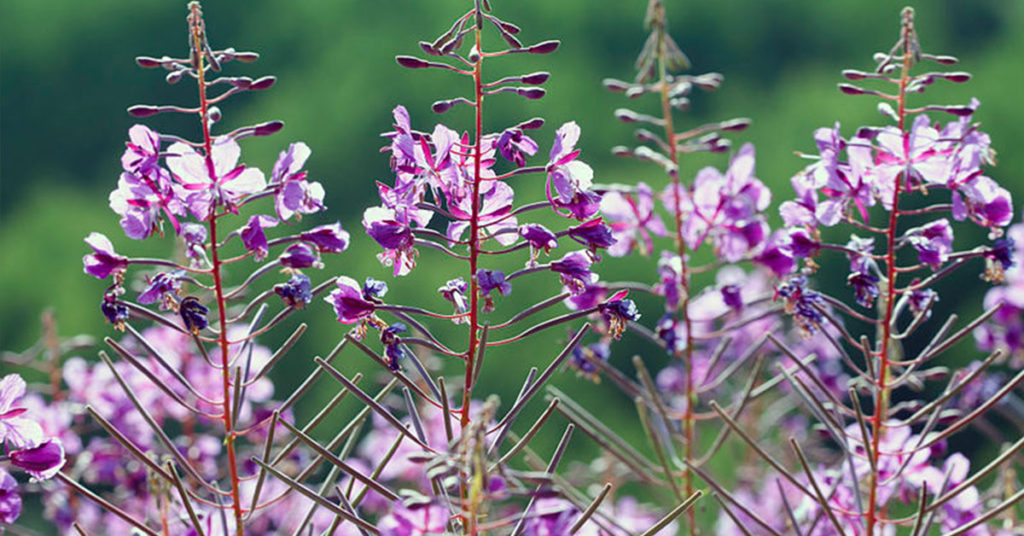
Fireweed is a tall, showy perennial that lights up the garden with its vibrant pinkish-purple flowers. Blooming from mid-summer to fall, this plant thrives in full sun to partial shade and well-drained soil. It’s a fantastic addition to wildflower gardens and naturalistic landscapes.
I admire Fireweed for its ability to attract bees and butterflies, creating a lively and dynamic garden environment. It’s also known for its medicinal properties, traditionally used for various ailments. With its striking appearance and ecological benefits, Fireweed is a wonderful choice for Colorado gardens.
Yarrow (Achillea millefolium)
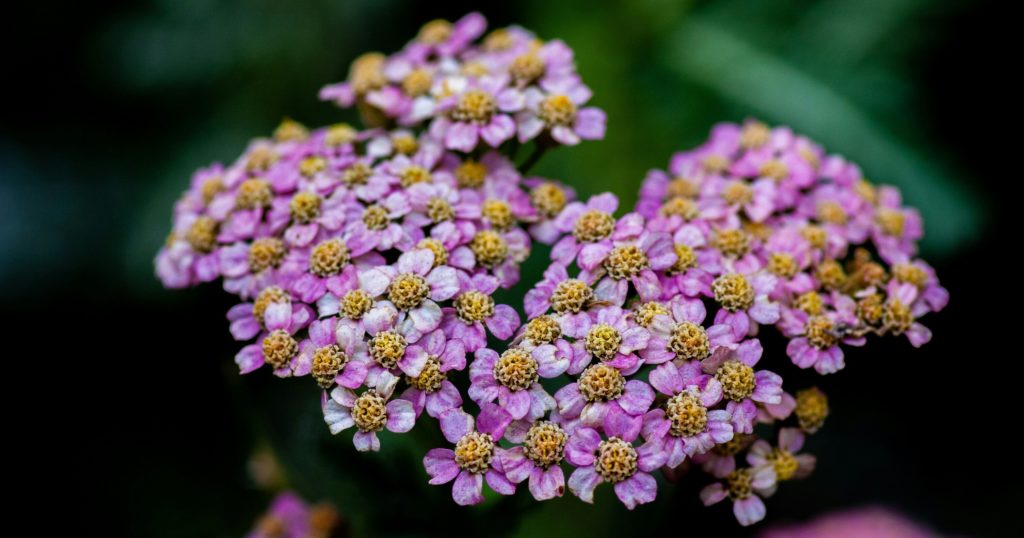
Yarrow is a versatile and hardy perennial that offers clusters of tiny, flat-topped flowers in shades of white, yellow, pink, or red. Blooming from late spring to early fall, this plant thrives in full sun and well-drained soil. It’s drought-tolerant and easy to care for, making it perfect for Colorado gardens.
I love how Yarrow attracts beneficial insects such as ladybugs and predatory wasps, which help control pests in the garden. Its fern-like foliage adds texture and interest, and it’s also known for its medicinal uses. Plant Yarrow in your garden for a blend of beauty, resilience, and ecological benefits.
Pasque Flower (Pulsatilla patens)
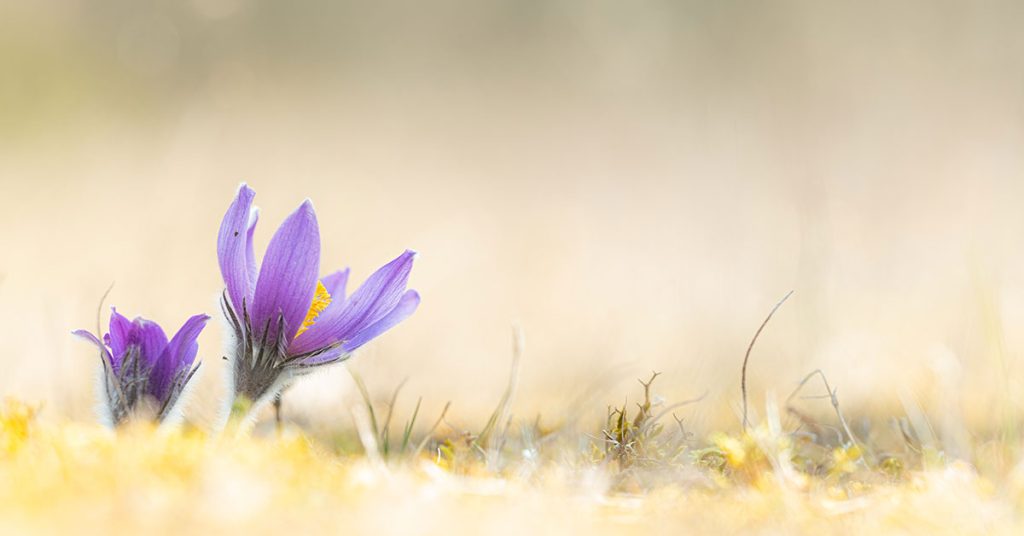
Pasque Flower is a charming native perennial that blooms in early spring with large, bell-shaped flowers in shades of purple, blue, or white. This plant thrives in well-drained soil and full sun to partial shade, making it ideal for rock gardens or sunny borders.
I find Pasque Flower’s early blooms a delightful harbinger of spring. Its fuzzy foliage and seed heads add interest even after the flowers fade. This hardy plant is low-maintenance and attracts bees, making it a valuable addition to any Colorado garden.
Showy Milkweed (Asclepias speciosa)
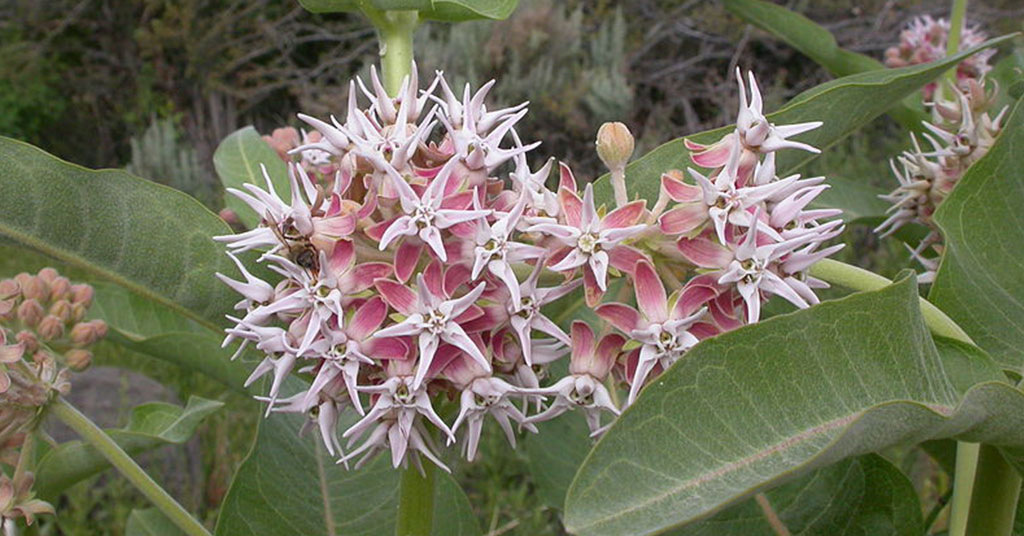
Showy Milkweed is a standout native perennial known for its large, fragrant clusters of pinkish-purple flowers. Blooming from late spring to summer, this plant thrives in full sun and well-drained soil. It’s an essential plant for supporting monarch butterflies, as it serves as both a nectar source and larval host.
I love watching the monarchs flutter around the Showy Milkweed in my garden. Its striking blooms also attract a variety of other pollinators. This hardy plant is easy to grow and provides critical support for local wildlife, making it a must-have for Colorado gardeners.
Goldenrod (Solidago canadensis)
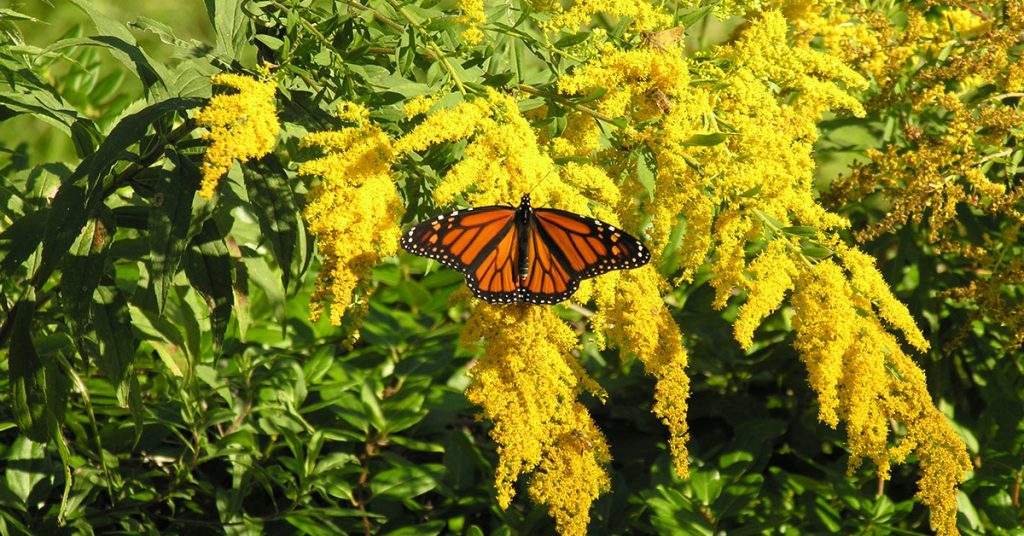
Goldenrod is a vibrant native perennial that lights up the garden with its bright yellow flower clusters. Blooming from late summer to fall, this plant thrives in full sun to partial shade and well-drained soil. It’s an excellent choice for adding late-season color to your garden.
One of the things I appreciate about Goldenrod is its ability to attract a wide range of pollinators, including bees and butterflies. It’s also deer-resistant and low-maintenance, making it perfect for naturalistic landscapes. Plant Goldenrod in your garden to enjoy its cheerful blooms and ecological benefits.
Harebell (Campanula rotundifolia)
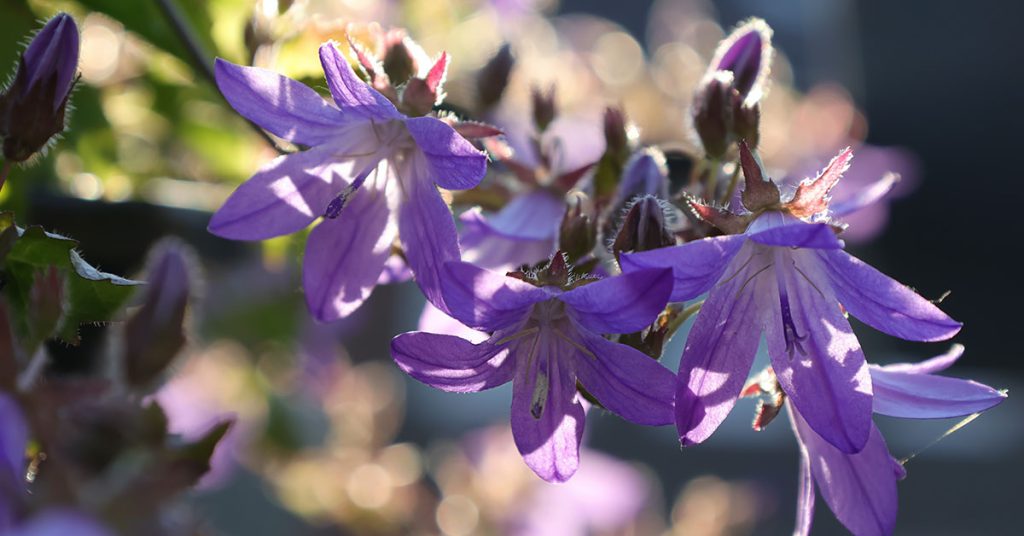
Harebell is a delicate and charming native perennial with slender stems and nodding blue bell-shaped flowers. Blooming from late spring to early fall, this plant thrives in well-drained soil and full sun to partial shade. It’s a beautiful addition to rock gardens and wildflower meadows.
I adore Harebell’s graceful blooms, which add a touch of elegance to the garden. It’s also a favorite among bees, providing an important nectar source. This hardy plant is low-maintenance and drought-tolerant, making it a perfect choice for Colorado gardens.
Scarlet Gilia (Ipomopsis aggregata)
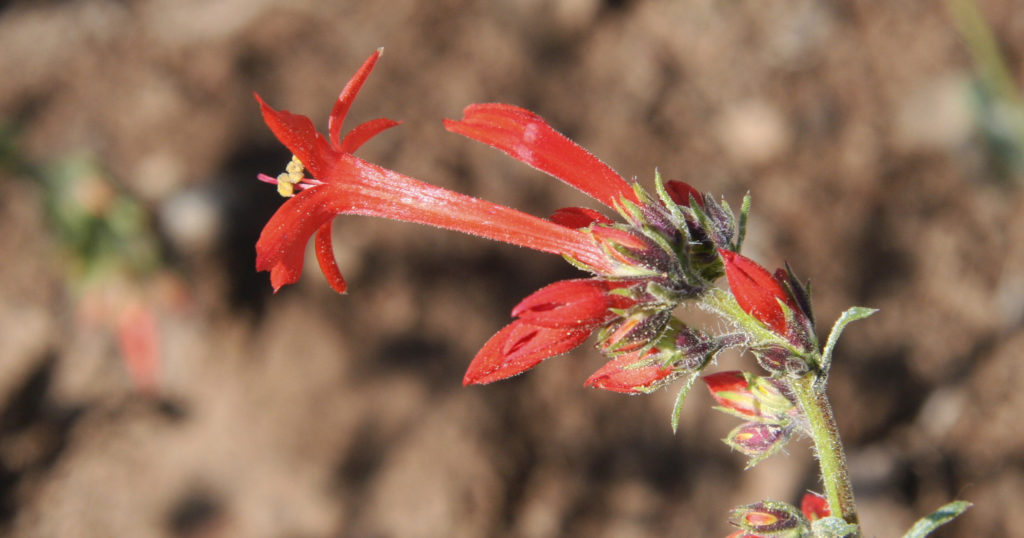
Scarlet Gilia, also known as Skyrocket, is a striking native perennial with tall spikes of bright red, tubular flowers. Blooming from late spring to summer, this plant thrives in full sun and well-drained soil. It’s a magnet for hummingbirds, adding dynamic movement to your garden.
I love how Scarlet Gilia’s vivid blooms stand out in the garden, attracting not only hummingbirds but also bees and butterflies. This hardy plant is drought-tolerant and easy to care for, making it a great choice for adding bold color and ecological value to your garden.
Prairie Sage (Artemisia ludoviciana)
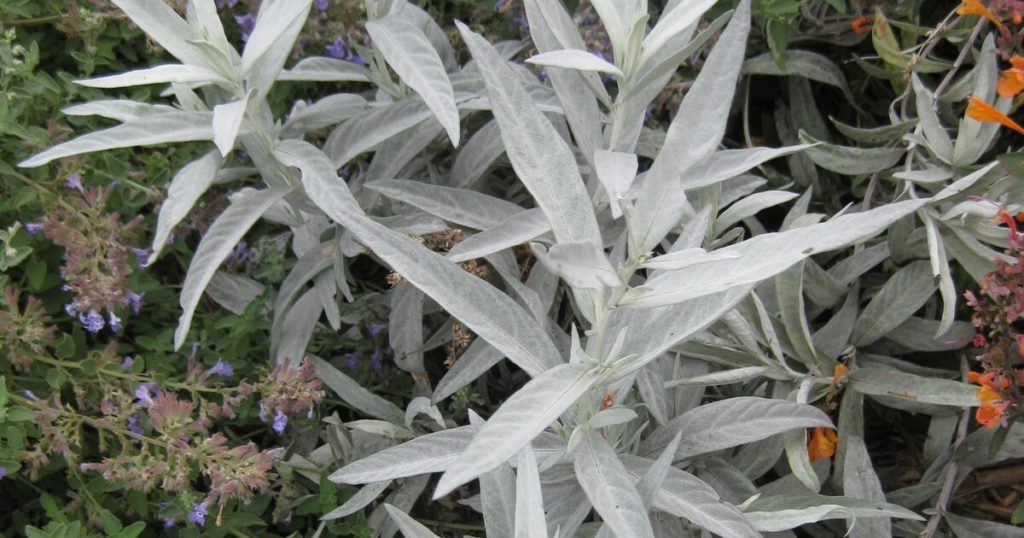
Prairie Sage is a hardy native perennial with silvery-gray foliage and small yellow flowers. Blooming from late summer to fall, this plant thrives in full sun and well-drained soil. It’s drought-tolerant and deer-resistant, making it ideal for Colorado’s challenging growing conditions.
I appreciate Prairie Sage for its unique foliage, which adds texture and contrast to the garden. It’s also known for its aromatic properties and traditional medicinal uses. Plant Prairie Sage in your garden for a blend of beauty, resilience, and ecological benefits.
Growing native perennials in your Colorado garden is a fantastic way to create a beautiful, low-maintenance landscape that supports local wildlife. These plants are perfectly adapted to the local climate and soil conditions, making them easier to grow and maintain. By incorporating these 15 native perennials into your garden, you’ll enjoy stunning blooms and a thriving, balanced ecosystem.


